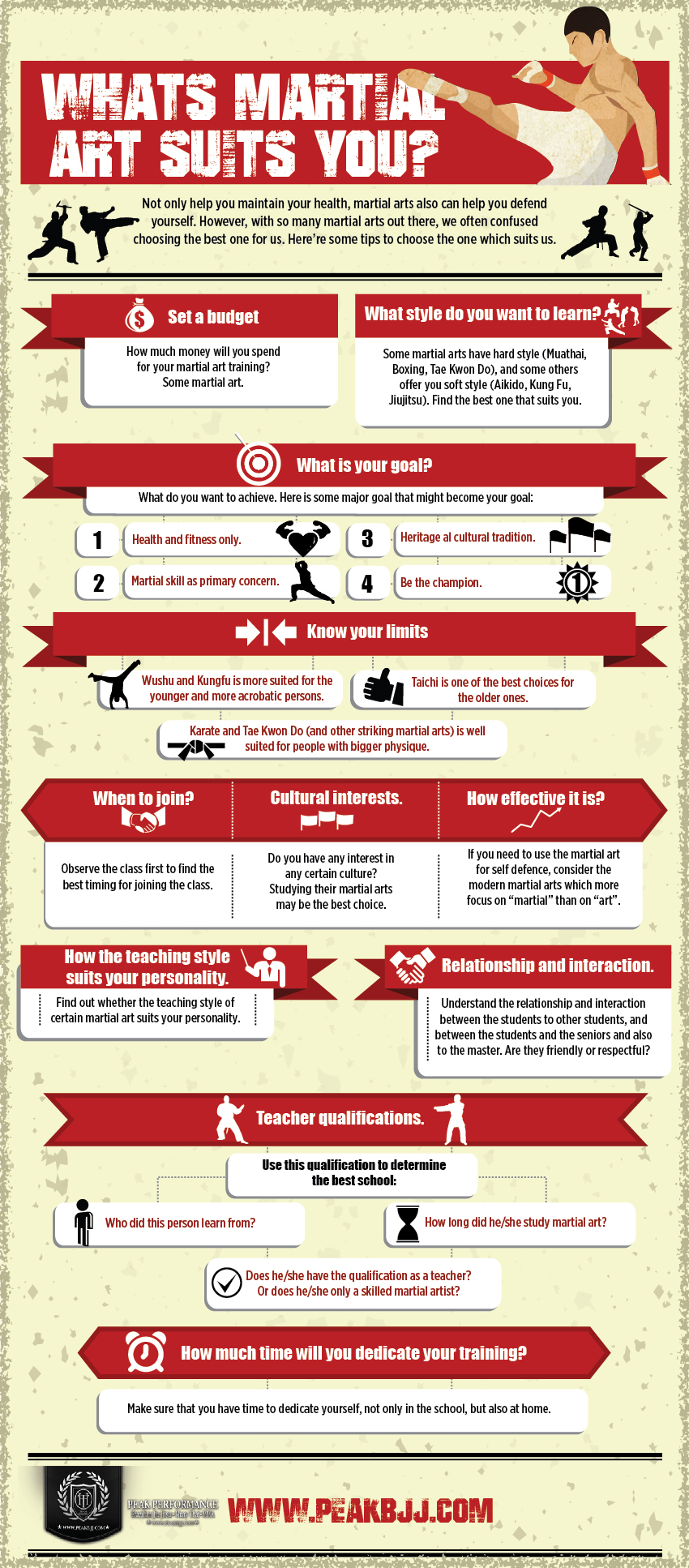Come Check Out The Captivating Globe Of Martial Arts, Where Ancient Practices Satisfy Modern Effectiveness - A Trip Into History And Approach Awaits.
Come Check Out The Captivating Globe Of Martial Arts, Where Ancient Practices Satisfy Modern Effectiveness - A Trip Into History And Approach Awaits.
Blog Article
Post Created By-Lauridsen Henson
Enter the old world where martial arts were substantiated of necessity in diverse areas. Societies crafted distinct fighting styles intertwined with historical contexts. Techniques advanced over centuries through dedicated practice and social exchanges. Today, modern martial arts mix standard elements for maximum effectiveness. Philosophically, martial arts stress technique, self-improvement, and harmony. Respect, humbleness, and balance are foundational principles leading professionals towards growth and strength. Explore will martial arts build muscle of this abundant history and philosophy to discover the extensive impacts forming this long-lasting discipline.
Origins of Fighting Style
Fighting style originated in various regions worldwide, developing as useful combat systems to defend against threats. These ancient combating styles were developed out of need, with each culture crafting strategies suited to their distinct environments and difficulties. From the grappling arts of Jujutsu in Japan to the striking techniques of Martial art in China, martial arts were deeply intertwined with the historic, social, and cultural material of their particular cultures.
In Japan, the samurai class refined martial arts like Kenjutsu, the art of the sword, which later advanced into the extra popularized kind of Kendo. At the same time, in Brazil, Capoeira became a mix of dancing and fight, developed by enslaved Africans as a method to stand up to oppression. what are all the types of martial arts fighting style lugs with it an abundant history and viewpoint, mirroring the worths and beliefs of the people that practiced them.
As you explore the origins of martial arts, you discover a tapestry of human ingenuity, resilience, and the unyielding spirit of warriors throughout time.
Development of Methods
With centuries of practice and improvement, combat strategies within various martial arts have actually undertaken an extensive evolution. From old designs like Kung Fu and Karate to extra modern-day disciplines such as Brazilian Jiu-Jitsu and Krav Maga, the advancement of strategies has been driven by a combination of social influences, sensible applications, and technical developments.
One significant element of this evolution is the cross-pollination of strategies in between various martial arts. For instance, techniques from traditional Japanese Jiu-Jitsu were incorporated right into the production of Judo by Jigoro Kano in the late 19th century. This blending of designs has brought about the development of crossbreed martial arts like Mixed Martial Arts (MMA), which incorporate components of striking, grappling, and submission techniques.
Furthermore, the development of techniques has been shaped by the enhancing emphasis on effectiveness and performance in fight. Professionals have constantly sought to refine their strategies through extensive training, trial and error, and competition, causing the development of highly specialized and efficient battling designs. On the whole, the advancement of methods in martial arts mirrors the vibrant nature of fight and the ongoing quest for renovation and technology.
Philosophical Foundations
Discovering the underlying philosophical principles of martial arts gives insight into their core values and leading beliefs. At the heart of lots of martial arts techniques is the principle of technique itself. By educating your body and mind to serve as one cohesive unit, you cultivate technique that expands past the dojo or health club right into everyday life. This discipline incorporates regard, humbleness, and self-discipline, shaping not simply your physical capabilities but also your character.
Another fundamental thoughtful structure in martial arts is the idea of constant self-improvement. The trip of grasping a martial art is perpetual, with specialists frequently making every effort to better themselves, both physically and mentally. This concentrate on growth cultivates strength, perseverance, and a growth state of mind that can be related to all aspects of life.
Furthermore, martial arts emphasize the relevance of harmony and balance. Techniques are made to make use of an opponent's energy against them, highlighting the principle of yielding and rerouting force instead of meeting it head-on. This viewpoint reaches social connections, advertising peaceful resolutions and mutual understanding. By accepting these philosophical structures, martial musicians not just enhance their fight abilities but also grow a way of living fixated individual development, regard, and consistency.
Final thought
Finally, the history and approach of martial arts supply an abundant tapestry of practice, self-control, and self-improvement.
Consider instance the story of Bruce Lee, that changed martial arts by blending different styles and philosophies to develop his own unique kind of Jeet Kune Do.
martials arts near me and innovation, martial artists remain to press boundaries and inspire others to reach their full potential both in battle and in life.
